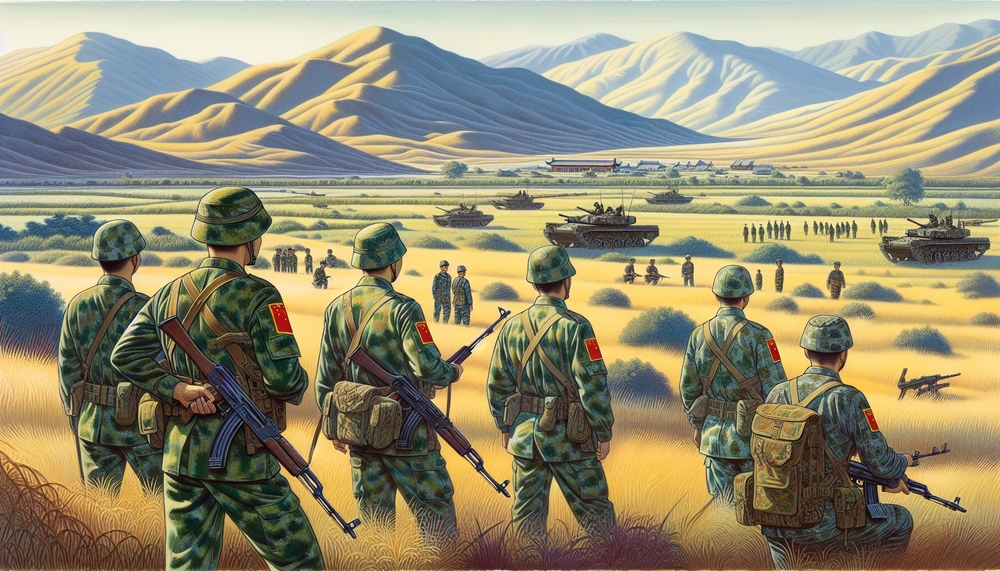Published
- 3 min read
Rethinking Chinese Military Influence in South Asia

Introduction: Revisiting Assumptions
The common narrative that the India-Pakistan military crisis serves as a testing ground for Chinese military hardware has been widely accepted. However, this view oversimplifies the complex geopolitics of the region. The reality is that the interplay of diplomatic engagements, economic investments, and regional dynamics suggests a more nuanced understanding of China’s military influence in South Asia.
China’s Strategic Interests in South Asia
China’s relationship with South Asia extends beyond the confines of military transactions. Beijing has substantial economic interests in the region, evidenced by initiatives like the Belt and Road Initiative (BRI), which invests in infrastructure projects across Pakistan and beyond. These projects are not merely economic; they serve strategic purposes, providing China with access to vital sea routes and a foothold in the region. Furthermore, China’s diplomatic engagements aim to maintain stability and foster economic ties, ensuring that its influence is multifaceted and not solely reliant on military strength.
Indigenous Development and Procurement Trends
Both India and Pakistan have been actively engaging in the indigenization of their military capabilities. India, for instance, is focusing on developing its defense technologies under the ‘Make in India’ initiative, aimed at reducing dependency on foreign arms. Similarly, Pakistan has diversified its military hardware acquisitions, sourcing technologies from multiple countries, thus diminishing the argument that Chinese equipment predominates their military strategies. This shift marks a critical development in South Asia’s defense posture, where indigenous innovation and diversified procurements play pivotal roles.
Regional Security Dynamics Beyond Hardware
The security landscape in South Asia is shaped by entrenched political and historical issues rather than the exclusive use of Chinese military equipment. Territorial disputes, cross-border terrorism, and nuclear postures are predominant factors influencing military engagements. The conflict dynamics between India and Pakistan are thus deeply rooted in longstanding adversarial and complex interplays that extend beyond the realm of military hardware, pointing towards a need for resolving underlying political disputes to enhance regional security.
China’s Sales and Domestic Geopolitical Considerations
Chinese arms sales to Pakistan are often motivated by China’s domestic economic goals and broader geopolitical strategies rather than a simplistic effort to dominate South Asian military conflicts. China’s relationship with India and Pakistan is complex, involving economic partnerships as much as security relations. The sales are part of a broader economic strategy to support China’s defense industries, contributing to its strategic goals on the global stage. This multifaceted relationship indicates that the impact of Chinese sales is significant but not overarching in the dynamics of India-Pakistan conflicts.
Conclusion: A Multifaceted Geopolitical Landscape
In summary, while Chinese military hardware is a salient aspect of South Asian geopolitics, it is not the sole determinant of India-Pakistan military crises. The geopolitical landscape is sculpted by an array of factors, including deep-seated historical tensions, regional power dynamics, and global strategic interests. A broader understanding of these dynamics underscores the importance of considering the complete geopolitical picture rather than attributing regional military engagements squarely to Chinese involvement. Understanding these interconnected facets is essential for appreciating the intricate tapestry of geopolitics in South Asia.
